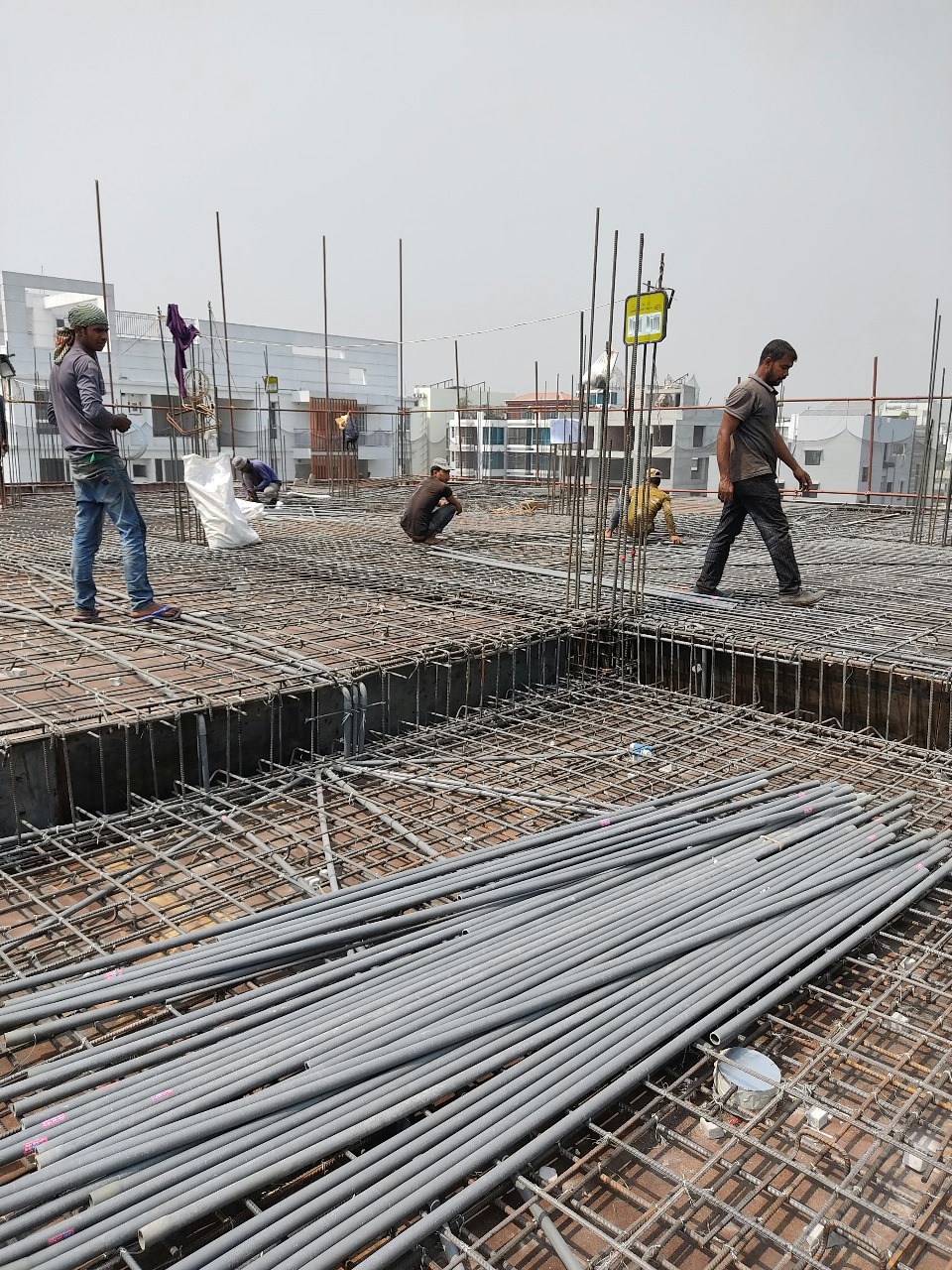Construction projects are complex endeavors requiring careful planning, coordination, and execution. One critical framework that has increasingly influenced construction practices is das 140. Understanding how DAS 140 shapes construction projects can help contractors, project managers, and stakeholders ensure efficiency, compliance, and high-quality outcomes.
Understanding DAS 140
DAS 140 is a standardized system designed to provide clear guidelines and best practices for construction processes. It focuses on quality management, safety, and operational efficiency. By adopting DAS 140, construction teams can streamline workflows, reduce risks, and enhance project outcomes.
The importance of DAS 140 lies in its ability to standardize project management practices. Construction projects often involve multiple stakeholders, from architects to contractors and regulatory agencies. DAS 140 ensures everyone is on the same page, reducing miscommunication and errors.
Key Principles of DAS 140
DAS 140 is built on several core principles that shape construction projects:
Quality Management
Quality is at the forefront of DAS 140 standards. The system emphasizes consistent quality checks, documentation, and accountability. By integrating DAS 140, contractors can track every stage of construction, ensuring that materials, methods, and finished work meet strict quality benchmarks.
Safety Compliance
Safety is a critical concern in construction, and DAS 140 provides comprehensive guidelines to maintain a safe work environment. Contractors following DAS 140 protocols minimize workplace accidents, comply with regulations, and protect both workers and project assets.
Process Standardization
One of the most impactful aspects of DAS 140 is process standardization. From procurement to site execution, DAS 140 creates a structured approach. Standardizing processes not only improves efficiency but also ensures that every team member knows their role, reducing delays and confusion.
How DAS 140 Impacts Project Planning
Project planning is the foundation of successful construction. DAS 140 shapes construction projects by providing detailed guidelines for project initiation, scheduling, and resource allocation. Project managers can anticipate challenges, allocate resources efficiently, and set realistic timelines.
Incorporating DAS 140 into project planning allows teams to perform risk assessments and quality audits before construction begins. These proactive measures prevent costly errors and enhance overall project performance.
Enhancing Communication with DAS 140
Communication is vital in construction, where multiple teams must collaborate seamlessly. DAS 140 emphasizes structured communication protocols, ensuring that updates, approvals, and documentation are shared promptly.
By implementing DAS 140, construction managers can reduce miscommunication and maintain a clear record of project decisions. This transparency strengthens accountability and supports effective project tracking.
DAS 140 and Cost Management
Cost overruns are a common challenge in construction projects. DAS 140 provides tools and strategies for efficient cost management. By following DAS 140 guidelines, contractors can track expenses, optimize resource use, and reduce waste.
Budgeting under DAS 140 includes detailed cost forecasting, monitoring, and reporting. This proactive approach helps construction companies stay within budget while maintaining high-quality standards.
Streamlining Project Execution
Once planning is complete, DAS 140 guides the execution phase of construction projects. The system ensures that each task follows a predefined workflow, improving efficiency and reducing delays.
Construction teams using DAS 140 can track progress in real-time, identify bottlenecks, and implement corrective actions quickly. This streamlined execution minimizes downtime and ensures projects are completed on schedule.
Compliance and Regulatory Benefits
Compliance with regulations is a critical aspect of construction management. DAS 140 helps contractors adhere to local, state, and federal construction standards. By aligning project practices with DAS 140, companies reduce the risk of legal issues and regulatory penalties.
Additionally, DAS 140 provides a structured framework for inspections and audits. Contractors can demonstrate adherence to safety, quality, and environmental standards, strengthening client confidence and project credibility.
Training and Workforce Development
DAS 140 emphasizes the importance of training and workforce development. Teams must understand DAS 140 principles to implement them effectively. Ongoing training ensures workers are skilled, safety-conscious, and capable of maintaining project quality standards.
By integrating DAS 140 into training programs, construction companies cultivate a knowledgeable workforce. This investment improves project outcomes, reduces errors, and enhances overall productivity.
Long-Term Benefits of DAS 140
Adopting DAS 140 offers long-term benefits for construction companies. Projects managed under DAS 140 guidelines tend to have higher quality, fewer safety incidents, and better adherence to timelines and budgets.
Moreover, DAS 140 helps organizations build a reputation for reliability and excellence. Clients are more likely to trust companies that consistently apply DAS 140 standards, leading to repeat business and stronger industry relationships.
Conclusion
In today’s competitive construction industry, frameworks like DAS 140 play a pivotal role in shaping successful projects. From planning and communication to execution and compliance, DAS 140 provides a structured approach that enhances efficiency, safety, and quality.
